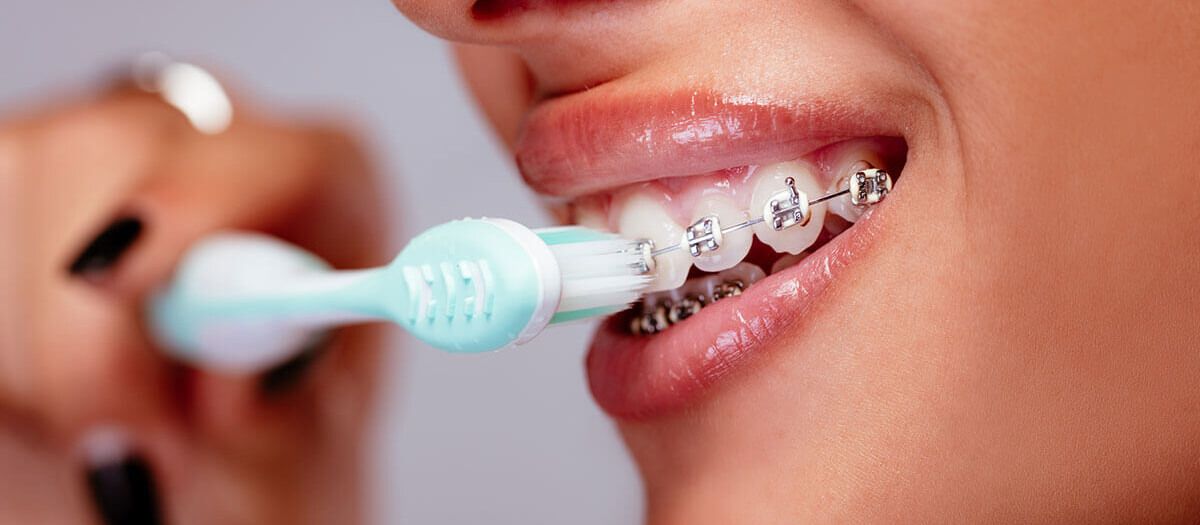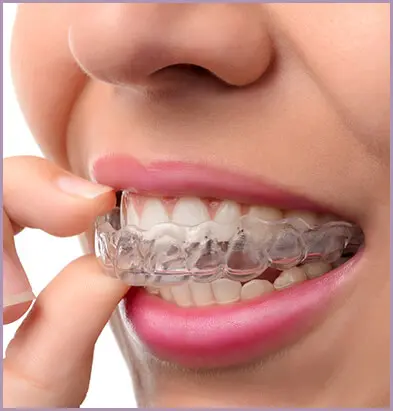Professional Cumming Braces and Aligners: What to Know Before You Check out
Comprehensive Overview to Orthodontics Procedures for Dealing With Dental Imbalances
In the realm of orthodontics, the journey to attaining a perfectly aligned smile includes a myriad of treatments customized to correct dental misalignments. From standard dental braces to unnoticeable aligners and even medical alternatives, the field of orthodontics offers a variety of options to address differing degrees of oral irregularities. Comprehending the intricacies of each procedure, including their systems, benefits, and potential downsides, is vital in making educated choices regarding one's orthodontic treatment. As we navigate through the extensive guide to orthodontic treatments for dealing with oral imbalances, the detailed information of each technique will unravel, losing light on the path toward a harmonious and functional oral placement.
Orthodontic Procedures Introduction

Normal changes and surveillance are critical parts of orthodontic therapy to guarantee progress is on track and to make any required adjustments along the method. By going through orthodontic procedures, clients can not only achieve a straighter smile but also improve their overall oral health and function.
Conventional Braces: Just How They Function
When taking into consideration orthodontic therapies for oral imbalances, typical dental braces stand out as a time-tested approach for fixing teeth placing. Conventional braces are composed of braces, wires, and bands that function with each other to use continual stress on the teeth, gradually moving them into the wanted placement.
One key aspect of how conventional dental braces job is the process of bone renovation. As stress is applied to the teeth through the dental braces, the bone surrounding the teeth is reshaped to sustain the brand-new tooth settings. This improvement is important for the lasting stability of the corrected alignment. People will certainly require regular changes at the orthodontist's office to ensure the dental braces continue to use the correct pressure for efficient teeth motion.
Unnoticeable Aligners: Pros and Disadvantages
These clear, custom-made trays are practically undetectable when worn, making them an enticing alternative for people looking for a more aesthetically pleasing orthodontic therapy. People can remove the aligners before consuming or brushing their teeth, lowering the danger of food getting stuck in the appliance and streamlining the cleansing procedure.

Surgical Orthodontic Options
Surgical interventions in orthodontics existing sensible choices for attending to complicated dental imbalances that might not be efficiently solved via standard orthodontic treatments. While unseen aligners and standard dental braces can deal with many orthodontic concerns, particular instances need medical treatment to accomplish optimum outcomes. Surgical orthodontic alternatives are generally suggested for extreme malocclusions, substantial jaw discrepancies, and situations where the underlying bone framework needs modification to accomplish correct alignment.
One typical surgical orthodontic treatment is orthognathic surgical treatment, which entails rearranging the jaws to fix useful problems such as trouble talking or eating. This surgical treatment is frequently done in cooperation with an orthodontist who helps align the teeth prior to and after the i was reading this treatment. Surgical orthodontics may additionally entail procedures to reveal impacted teeth, remove excess gum cells, or improve the jawbone to develop a more unified face profile.
Prior to considering surgical orthodontic alternatives, patients undertake a thorough examination to determine the requirement and possible advantages of such interventions. braces. While surgical procedure may seem daunting, it can dramatically improve both the function and appearances of the smile in situations where standard orthodontic therapies fail
Retainers and Post-Treatment Care

Post-treatment treatment involves complying with the orthodontist's instructions faithfully. This may include proper oral health methods, going to follow-up appointments, and putting on the retainers as suggested. Failing to conform with post-treatment treatment instructions can cause relapse, where the teeth slowly return towards their original settings. Consistent retainer wear, great oral hygiene, and normal dental check-ups are necessary for preserving the results accomplished with orthodontic surgery and making dental extraction certain the long-lasting security of the fixed oral alignment.
Verdict
In verdict, orthodontic treatments offer numerous choices for dealing with oral misalignments. Conventional dental braces make use of steel brackets and cables to move teeth right into proper positioning. Unnoticeable aligners offer a more discreet option yet might not be appropriate for all cases. Surgical orthodontic alternatives are offered for more extreme misalignments. Retainers are commonly utilized post-treatment to maintain the brand-new alignment. On the whole, orthodontic procedures can effectively enhance dental wellness and visual appearance.
As we browse via the detailed guide to orthodontic treatments for dealing with dental misalignments, the intricate details of each technique will certainly unravel, shedding light on the course towards a harmonious and practical oral positioning. - cumming braces
One of the most usual orthodontic treatments is the use of dental braces, which are composed of metal braces and wires that use gentle pressure to progressively change teeth into the desired placement.When thinking about orthodontic therapies for oral misalignments, typical dental braces stand out as a tried and true technique for remedying teeth placing. Additionally, unseen aligners may not be appropriate for intricate orthodontic issues that call for even more substantial teeth motion, as like it they are usually recommended for light to moderate situations. Retainers are tailor-made orthodontic devices developed to hold teeth in their corrected settings after the conclusion of orthodontic treatment.